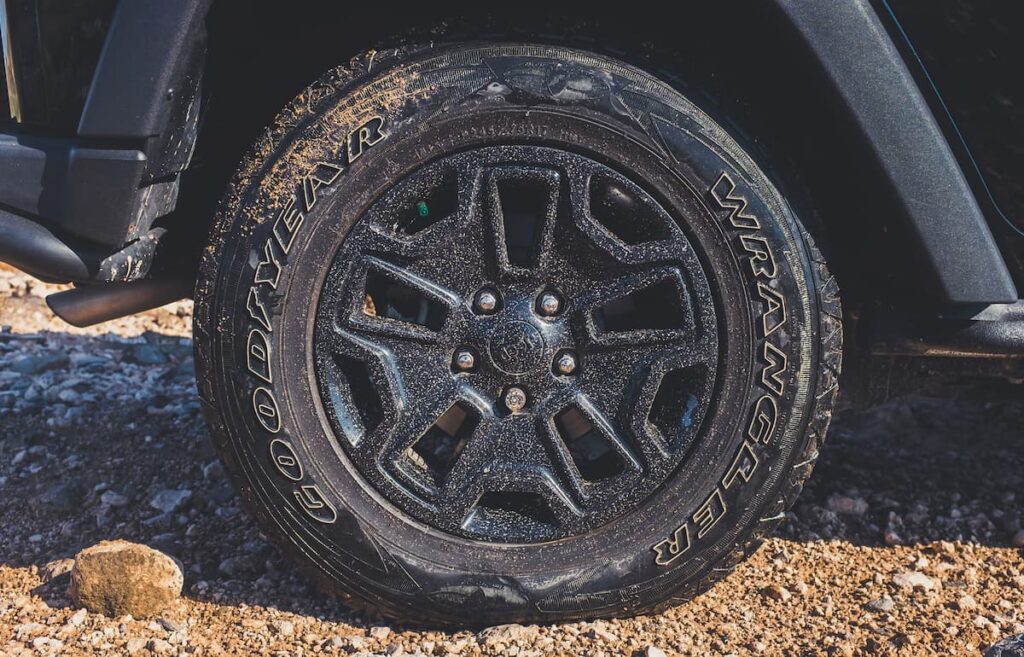Your tires endure constant wear and tear from both the vehicle's weight and the distance you cover. The more you drive, the more your tires degrade, leading to increased air loss. These factors significantly contribute to tire deterioration and can compromise your driving safety.
Understanding how to maintain optimal tire pressure is crucial for protecting your investment and ensuring a safer ride. Let's explore why tires lose air and how you can keep them in good shape.

Why Tire Pressure Matters
Neglecting proper tire pressure can lead to costly repairs and safety risks. Underinflated tires wear out faster, increase fuel consumption, and reduce handling efficiency. On the flip side, overinflation makes tires prone to damage from road hazards. For peace of mind, always adhere to the manufacturer's recommended pressure levels.
What Causes Air Loss in Tires?
While there’s no definitive answer, common culprits include regular wear and tear, temperature fluctuations, and potential structural issues like cracks in the rim. A gradual loss of 0.07 bars per month is typical, but any sudden change warrants immediate attention. Regular checks can help identify problems early.
Measuring Tire Pressure: A Step-by-Step Guide
Before checking your tire pressure, ensure the car is stationary and the tires are cool—preferably after driving less than 5 kilometers. Hot tires can give inaccurate readings. Follow these steps:
- Place the pressure gauge onto the valve stem of the tire.
- Wait for the gauge to display the current pressure reading.
- Compare the measured pressure with the manufacturer’s recommendation, typically found in the owner’s manual or on a sticker inside the driver’s door.
- If the pressure is too high, release air until it matches the recommended value. If it’s too low, add air incrementally until it reaches the ideal level.
Remember, each vehicle has unique requirements, so avoid using a universal standard.

Finding Your Car’s Ideal Tire Pressure
Pressure recommendations vary depending on the make and model of your vehicle. Some vehicles require equal pressure across all four tires, while others specify different levels for front and rear tires. Generally, pressures range from 2.2 to 2.5 bars. However, these numbers aren’t universal—always consult your manual or the label inside the driver’s door for precise guidance.
Though you might see a pressure rating printed on the tire itself, this refers to the maximum capacity rather than the optimal setting. Always prioritize the manufacturer’s specifications to avoid unnecessary risks.
Inflating or Deflating Tires: What to Do
If your tires are overinflated, deflating them is straightforward:
- Locate the valve and unscrew its cap.
- Use a tool like a screwdriver to press the metal pin inside the valve.
- Gradually release air while monitoring the pressure with your gauge until it aligns with the recommended level.
In contrast, underinflated tires require additional air. At a gas station, use the built-in air pump and adjust the dial to your desired pressure. Attach the nozzle to the valve, listen for the confirmation sound, and verify the result with your gauge. Alternatively, you can use a portable pump and check periodically.
Regardless of the method, consistency is key. Make it a habit to inspect your tires monthly—it only takes five minutes but can save you money and headaches down the line.
Magnesium Ascorbyl Phosphate,Phosphate Magnesium Powder,Ascorbic Acid Magnesium Phosphate Powder,Ascorbic Acid Magnesium Phosphate
JINGJIANG HENGTONG BIO-ENGINEERING CO.,LTD , https://www.jjhtbio.com
